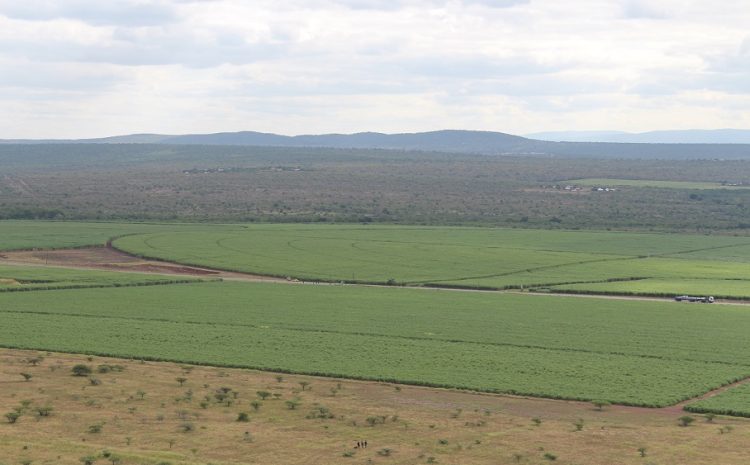
ESWADE pumps E3.7 bn into Eswatini & counting
…..for every lilangeni spent on ESWADE govt recoups 77 cents back, E232.16m received annually
The price running into billions of Emalangeni which has been paid by the Government of Eswatini to implement ESWADE projects is evidently deriving value for the country.
This has been articulated by the fact that during the period 2001 – 2017, the ESWADE’s facilitated projects contributed (E3.7 billion) to Eswatini, which represents 71.8 per cent of agricultural gross domestic product (agriculture GDP) or 8.7 per cent of GDP in 2016. It should be mentioned that with the rollout of various initiatives which include the Lower Usuthu Smallholder Irrigation Project LUSIP I and II and Mkhondvo – Ngwavuma Irrigation Project, the economic benefits are expected to balloon into highly impressive figures.
The State has spent E4.65 billion on ESWADE activities in 2017 prices.
Results collated by Eswatini Economic Policy Analysis and Research Centre (ESEPARC) show that the Komati Downstream Development Project (KDDP) added E2.5 billion cumulatively (E157 028 710 x 16 years) to GDP from 2001 to 2017 while LUSIP I added E792.9 million cumulatively (E113 274 029 x 7) to GDP from 2011 to 2017.
The average economic benefits that Eswatini receives because of the investment in the ESWADE are estimated at E232.16 million (in 2017 Lilangeni values) annually.
Further, these benefits increase to E387 million per year if one only considers the period from 2011 to 2017 or E422 million per year when considering the period from 2013 to 2017.
Comparing the income generated in the first seven years of the KDDP and the first seven years of the LUSIP I, the results show that the LUSIP I has on average added E127.8 million per year while KDDP added on average E48.1 million per year.
“This signifies about 260 per cent increase in revenue generation capacity of the projects per year, in more recent years. The increasing benefits in recent years has to be noted as a positive for the ESWADE because it means the economic impacts of the investment made to the ESWADE are increasing at an increasing rate as the ESWADE expands to other project areas,” ESEPARC notes.
It was pointed out that this could be attributable to improved understanding of the smallholder production landscape in Eswatini by, and acceptance by rural dwellers of the capacity building initiatives of the ESWADE.
Alternatively, the results illustrate that the LUSIP I generates even larger economic dividends to Eswatini compared to the KDDP. Furthermore, the results show that total revenue gains from KDDP and LUSIP 1 amounted E3.7 billion translating to a benefit-cost ratio (BCR) of E0.77. This is an indication that for every lilangeni (E1.00) spent on the ESWADE, government recoups E0.77 back. This result is also summarised in the negative net present value (NPV) of the project so far has a negative net present value of E272.3 million.

